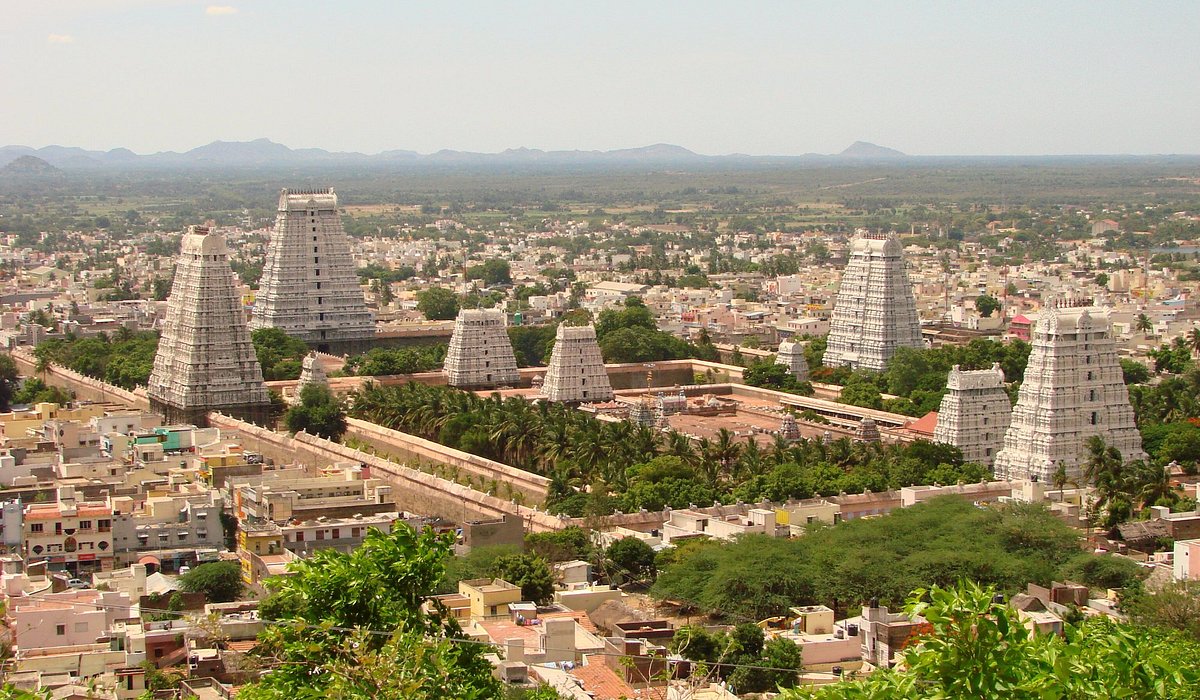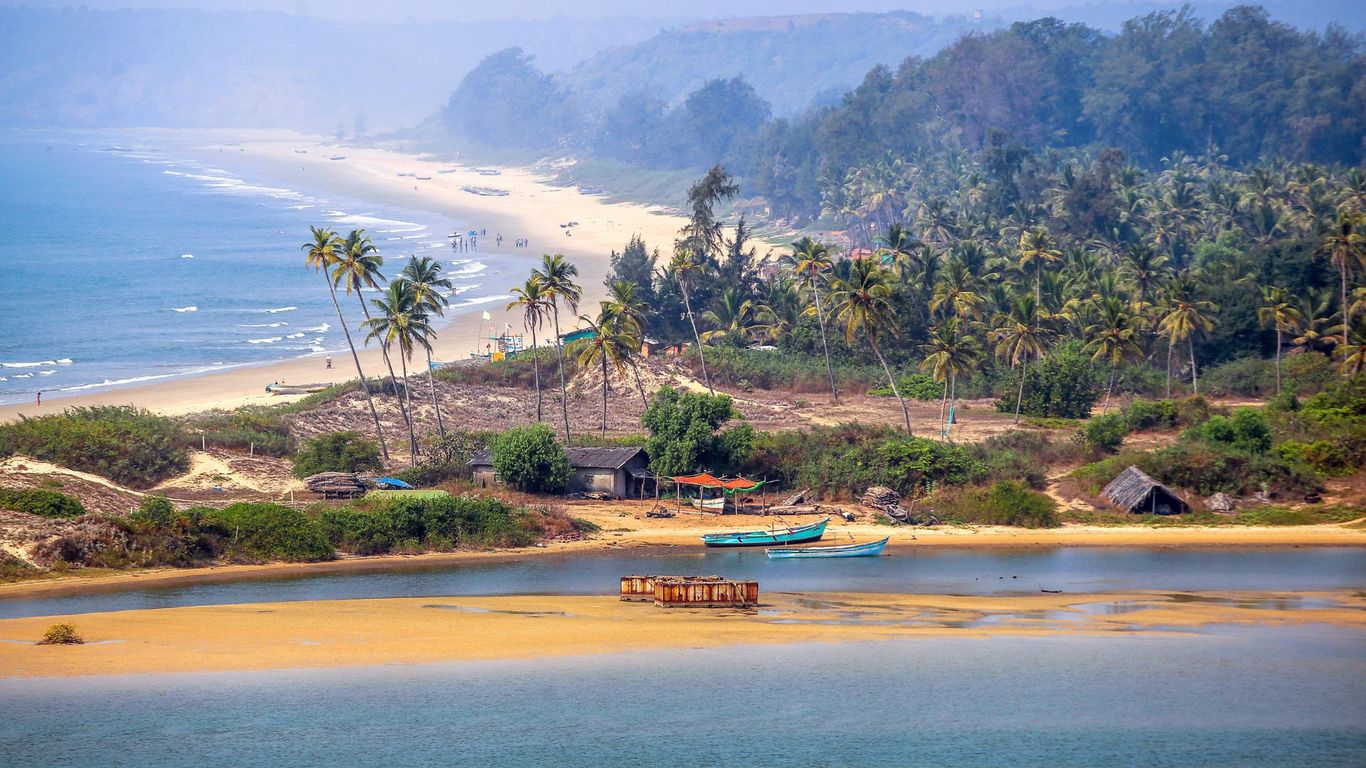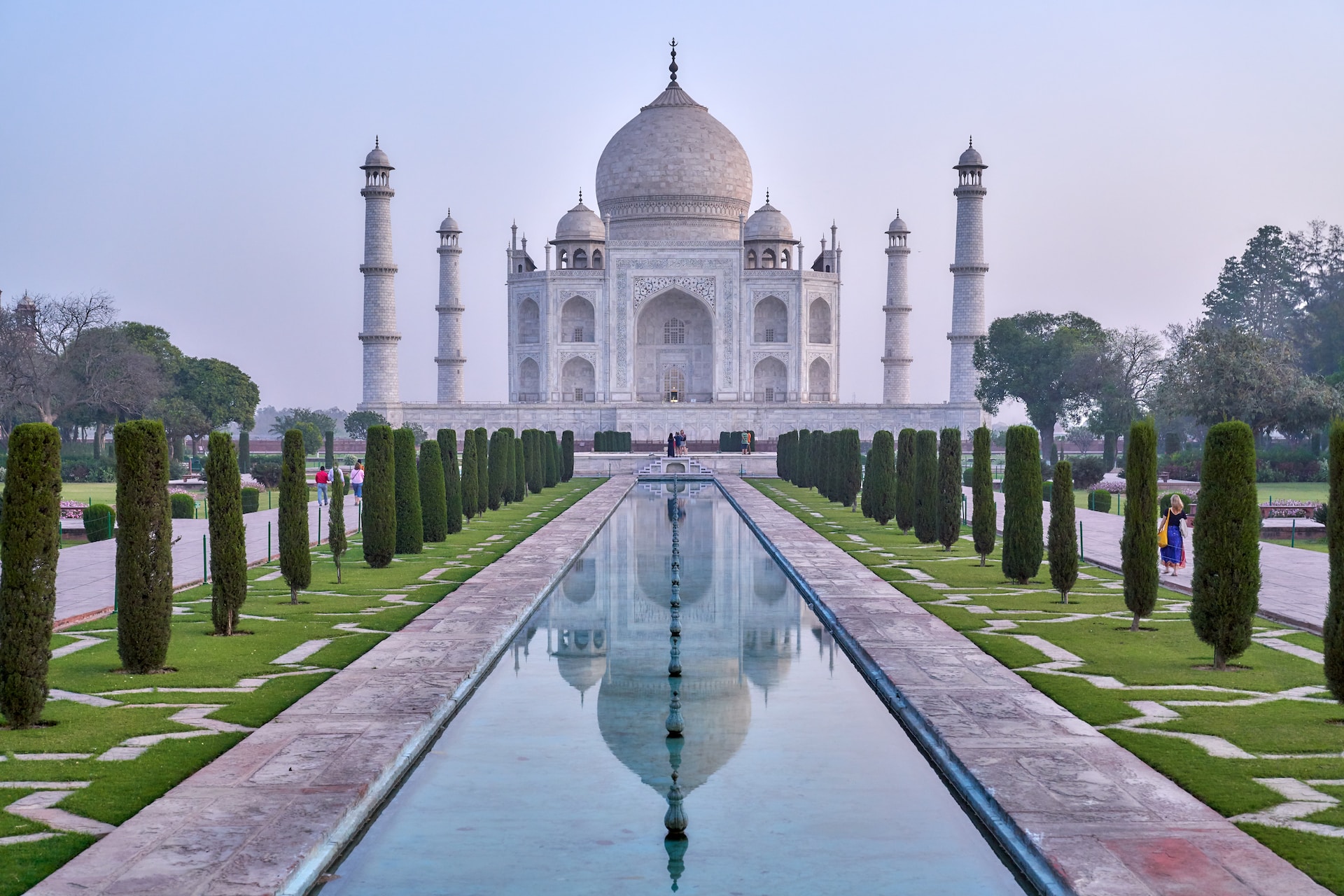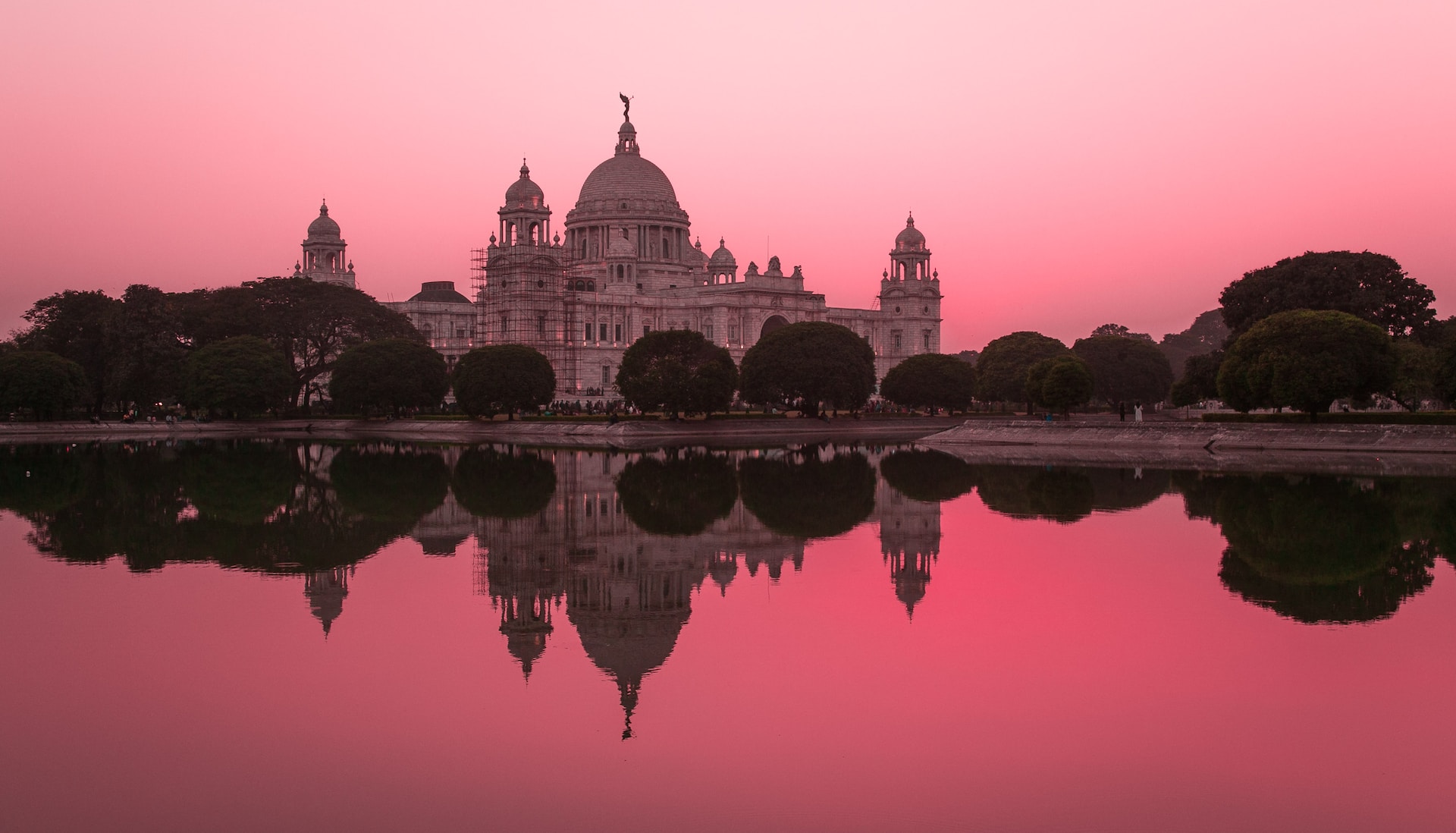India is not just a country; it is an emotion, a heartbeat of traditions, spirituality, and stories woven through the ages. Nowhere is this essence more alive than in its temples—sanctuaries where divinity whispers through the rustling wind, history speaks through ancient stones, and faith transcends human boundaries.
Each temple is more than a structure; it is a keeper of emotions, a sacred space where millions have poured out their prayers, hopes, and dreams. Step into this world, and you’ll find not just architecture, but stories of love, resilience, and devotion that will touch your soul.
Famous Indian Temples You Must Visit
Vaishno Devi Temple (Jammu & Kashmir)
High up in the Trikuta Mountains, Vaishno Devi Temple feels like a place where heaven kisses the earth. The pilgrimage here is not just a physical trek—it’s a test of faith, where every step feels like a prayer. As you climb, the chants of "Jai Mata Di" echo through the mountains, creating an atmosphere that fills your heart with hope. The beauty of the path, the devotion of fellow travelers, and the serenity of the shrine make you realize that faith is not just a belief—it’s an experience.
Meenakshi Temple (Madurai, Tamil Nadu)
Imagine standing before a temple so vibrant that it feels like the gods themselves painted it. The Meenakshi Temple in Madurai is not just a place of worship—it’s a celebration of life. As you walk through its grand corridors, the intricate carvings seem to come alive, whispering tales of love, devotion, and art. The energy of the temple is infectious, making you feel like you’re part of something eternal, something divine.
Jagannath Temple (Puri, Odisha)
If you’ve ever wanted to witness devotion in its purest form, visit the Jagannath Temple during the Rath Yatra. The sight of millions pulling the chariots of Lord Jagannath with tears of joy and unwavering faith is nothing short of magical. This temple is not just a destination—it’s a feeling of being part of something larger than life, a connection to the divine that stays with you forever.
Somnath Temple (Gujarat)
The waves of the Arabian Sea crash against the Somnath Temple as if nature itself bows to its divinity. Destroyed and rebuilt several times, this temple is a living testament to resilience and unshaken faith. As you stand in its sanctum, the sense of history, sacrifice, and devotion is so profound that it leaves you humbled and in awe.
The Soul of Indian Temples
Indian temples are more than places of worship—they are bridges between the human and the divine. Every temple has a unique rhythm, a heartbeat that resonates with the stories of countless souls who found solace within their walls.
Why Visit Indian Temples?
A Few Tips for your Spiritual Journey
- Embrace the Experience: Leave behind your worries and immerse yourself in the serenity of the temple.
- Respect Traditions: Wear modest clothing, observe temple customs, and approach the space with reverence.
- Be Present: Whether it’s the soothing chants or the intricate carvings, soak in every detail with an open heart.
Indian temples are not just destinations—they are journeys into the heart of a culture that values faith, beauty, and humanity. From the misty peaks of Vaishno Devi to the sun-kissed shores of Somnath, these temples hold the stories of millions who sought and found peace, hope, and love.
As you stand before these sacred sanctuaries, you’ll feel a connection that goes beyond words—a moment when the noise of the world fades away, and all that remains is you and the divine.
So, take that step. Embark on this soulful journey. Let the temples of India inspire you, move you, and transform you.
Plan your journey with nadodigal.com and let us guide you through the spiritual and architectural wonders of India. Start your story today—one temple at a time.
FAQs About Visiting Indian Temples
1. What is the best time to visit Indian temples?
The best time to visit Indian temples depends on their location and associated festivals. Generally:
- For North Indian temples, winter (October to March) offers pleasant weather.
- South Indian temples are best visited during the early mornings or late evenings to avoid the heat.
- Visiting during festivals like Rath Yatra (Jagannath Temple) or Pongal (Tamil Nadu temples) can be an extraordinary experience but may involve larger crowds.
2. Are there any specific dress codes for visiting Indian temples?
Yes, most temples in India require modest clothing as a mark of respect. It is recommended to:
- Wear attire that covers shoulders and knees.
- Avoid wearing leather items, as they may not be allowed in certain temples.
- Some temples provide traditional attire like dhotis or saris for visitors to wear inside the premises.
3. Can non-Hindus visit Indian temples?
Most Indian temples welcome people of all faiths. However, a few temples, like the Jagannath Temple in Puri and the Padmanabhaswamy Temple in Kerala, restrict entry. Always check the temple's policies beforehand.
4. Are photography and videography allowed inside temples?
Rules regarding photography vary by temple:
- Some temples strictly prohibit photography inside the sanctum or main premises (e.g., Meenakshi Temple).
- Others allow photography in outdoor areas but not near idols or deities.
- Always look for signage or ask temple authorities to avoid breaking any rules.
5. Do temples have entry fees?
Most temples in India do not charge entry fees. However:
- Certain temples may have special queues or darshan tickets for quicker access or during festivals.
- Entry fees may apply for museum sections or cultural exhibits within temple complexes.
6. How should I prepare for a temple visit?
Here are a few tips for preparation:
- Research the temple's opening and closing times to plan your visit.
- Carry a bottle of water, especially for long queues or treks.
- Keep some cash handy for offerings or donations.
- Be prepared to remove your shoes before entering the temple premises.
7. Can I participate in temple festivals?
Absolutely! Many temples encourage visitors to participate in their festivals. Festivals like:
- Rath Yatra (Puri) allow devotees to pull the chariots.
- Navaratri celebrations in South India include cultural performances. Participating in these festivals can be a deeply enriching experience, offering insight into India’s vibrant culture.
8. How can I plan a temple tour in India?
You can plan your temple tour based on:
- Location: Explore South Indian temples in Tamil Nadu, Kerala, and Karnataka or iconic temples in the North and East like Varanasi and Puri.
- Festivals: Time your visit with major temple festivals for a unique experience.
- Travel Assistance: Platforms like nadodigal.com can help you design a customized itinerary, including transport, accommodation, and guided tours.




